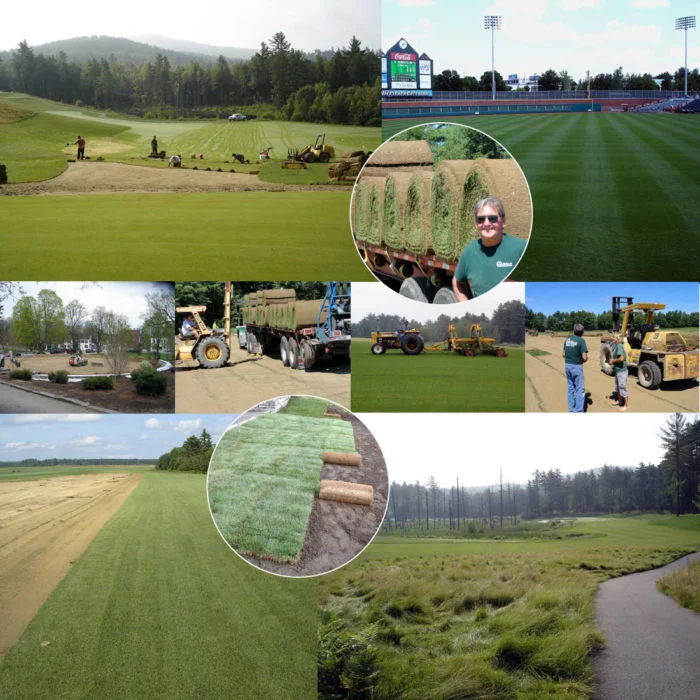Moodboards—What, Why, and How?
What are they? Why you need them, and how do you make one?
mood board (noun:) an arrangement of images, materials, pieces of text, etc., intended to evoke or project a particular style or concept. “we put together a mood board with key images and words that best convey the essence of the brand”
Moodboards are a designers tool used to collect ideas for a project. They can be a branding tool or for a specific project, or event. They can be a physical collection of things to inspire you. I have what we called in college a “Swipe file” which is a box of printed designs that I love, it’s full of labels, business card designs, brochures, stickers you get the idea… Sometimes I create a mini version of my swipe file for a specific project. A moodboard can also be a collaged collection of things that inspire you. There are many ways to create a moodboard. These days I typically create mine on Pinterest. When starting a new branding project, I start by creating a private shared board with my client, where I ask my client to pin things they like, such as patterns, colors, designs.
I ask them to write into the description of the pin what they like about the pin, is it the color, the stripes, etc… From our shared board I can get a feel for what they like, what they might be thinking for the project.
The Pinterest board becomes our shared moodboard. The board provides direction and from there, I combine my research with their ideas to come up with our first visual identity concepts.
You can already see how moodboards can work with clients. They can also be used in other ways. Once a clients branding is complete you can pin all the final elements on to their board and refer back to it when adding new collateral elements to their account. Say, you’re asked to create an annual report 6 months after your clients rebrand… you can collect ideas and pin them on their board to see if they fit with their style, depending upon the client, you can get input and or approval of any additional elements. You might be thinking why would I add new branding elements, but what if this annual report is 40 pages long and you have to add photography. You can add the photographs you’ve chosen to their Pinterest board. You could create an additional moodboard of just photography for their account. There are so many directions you could go. A Photography moodboard can help you stay on track with a clients brand.
This client came to me with thousands of images… we could have gone many different directions with their images. We could have shown only high end finished jobs such as country clubs, Fisher Cat Stadium, Fenway Park. I used a photography moodboard to show that images of the farm in Maine where they grow their sod, along with photographs of their employees, many have worked for the company for over 10 years, would really showcase their New England farm brand. The board helped to open up the discussion and convince them that behind the scenes photographs would work as part of their brand.
I use Illustrator to create my moodboards because Illustrator is a vector based program which allows me to easily increase the size of my boards for presentations without any loss of quality or resolution. People do use Photoshop and it’s a great program. I would only recommend using Photoshop for a photography only board.
Recently, on Instagram I was asked whether it is legal to use other people’s images to create moodboards to be presented and repinned as your project. I see this everywhere on Pinterest and honestly, I’ve researched this to find the correct answer, but I still don’t have a definite answer. I know that on my photography boards I’m either using images that are comps of stock photography, my own, my clients, or from the photographer we hired for the project.
My advice would be to use the pinned images as a direction to go when searching for free stock images. Try to find the same colors, patterns, and mood. Better safe than sorry… I can only say as a designer and photographer that I really don’t appreciate it when I see my designs being used without my permission or at least giving me credit. My husband would say it’s a “modern problem.” I see designers cropping out bits and pieces to showcase details and that seems fair enough. Use your best judgment, keeping in mind what you are using the boards for.
I have seen people create boards and credit the company they’ve used—here’s an example from Patterncurator.com http://patterncurator.org/2016/12/20/tranquil-teal/ You can clearly see she gives credit to each image underneath her boards. Since the site is so popular this is probably a traffic driver for those blogs and companies, it may even be an example of influencer or affiliate marketing.

